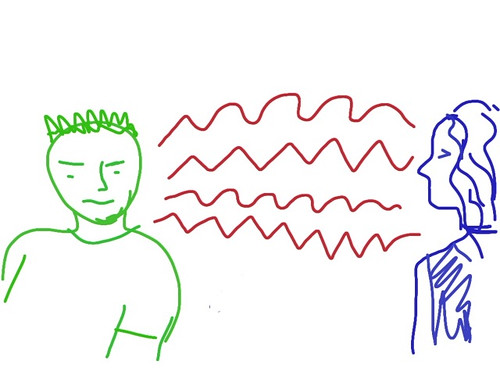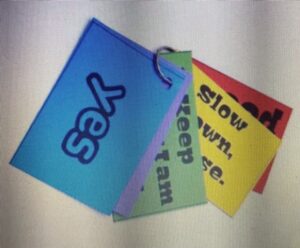
Frequent Student Responses


I wonder if I put a few words here?

Whole-group response strategies allow learners to respond to questions simultaneously, increasing both their active participation and engagement. These strategies also provide educators with ongoing feedback on learner performance, which further guides teaching practice.
Tincani & Twyman (2016) state that student engagement is thought to be a product of many variables, including community factors such as socioeconomic status, early learning experiences as well as interest in subject matter, the school’s climate, and the quality of teaching and teacher interaction (p.7).
Classroom strategies that promote student engagement through active student response, provide direct means to improve teaching quality enhance student outcomes.

Photo by Taylor Wilcox on Unsplash
Heward (1994) defines active student response as occurring “when a student emits a detectable response to ongoing instruction” (p. 286). In other words, active student response occurs when learners raise their hands, respond orally with an answer, record an answer, or engage in an observable response, following a question or an instructional cue posed by their teacher.
Photo by NeONBRAND on Unsplash
Heward (1994) details three low-tech strategies to increase active student response:
Research indicates that when educators provide consistent and regular opportunities for learners to respond during classroom instruction, the likelihood that learners will be engaged increases (Hattie, 2012).

Increased engagement may include:
Collectively, the research findings underscore four important principles for enhancing student engagement.
Teachers can increase active student response in their classrooms. Research shows that these types of strategies increase students’ classroom participation, on-task behavior, and correct responding in comparison to more traditional instructional methods. As Tincani & Twyman (2016) claim “these strategies employ readily accessible instructional materials, can be used with existing lessons and curricula, and produce substantial improvements in performance of students who are less responsive to more traditional instructional methods” (p. 9).
Whole-group response strategies or active student response strategies increase access and promote equitable learning for learners with exceptionalities or disabilities. The Individuals with Disabilities Education Act (IDEA) (2004) emphasizes the role of inclusion and access, as integral to education for students with disabilities.

Photo by Arthur Lambillotte on Unsplash
Haydon et al., (2013) explains that strategies such as whole-group response benefit students with learning disabilities, behavioral disorders, intellectual disabilities and autism.
Tincani & Twyman (2016) explore a variety of techniques of response strategies to promote engagement and increase learner participation. They claim that each strategy is beneficial in increasing the level of active response, increasing a learner’s rate of correct response, increasing a learner’s response accuracy and in some cases has been shown to decrease challenging behavior (p. 10).
Response cards

Choral responding
Guided notes
Whole- group response strategies are systems for questioning and response that include proactive approaches to increase class wide participation by providing equitable opportunities to respond and high probability requests by encouraging and prompting all learners to participate (Nagro et al., 2016, p. 244).
Participation can include proximity, high rates of opportunity to respond and abilities for learners to make choices about how they can demonstrate their understanding of content taught.
Examples of whole-group response strategies include: verbal, gestural, written or digital options for responding.
These types of responds are beneficial to all learners, however positively impact learners with exceptionalities who often have limited opportunities to respond (Nagro et al., 2016, p. 244).
ldjdkdjdkdkladklklkdkdalk